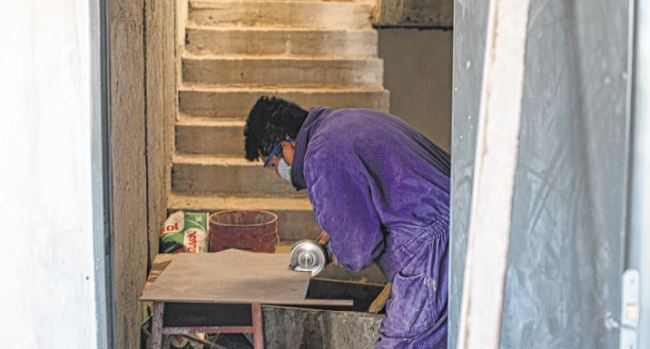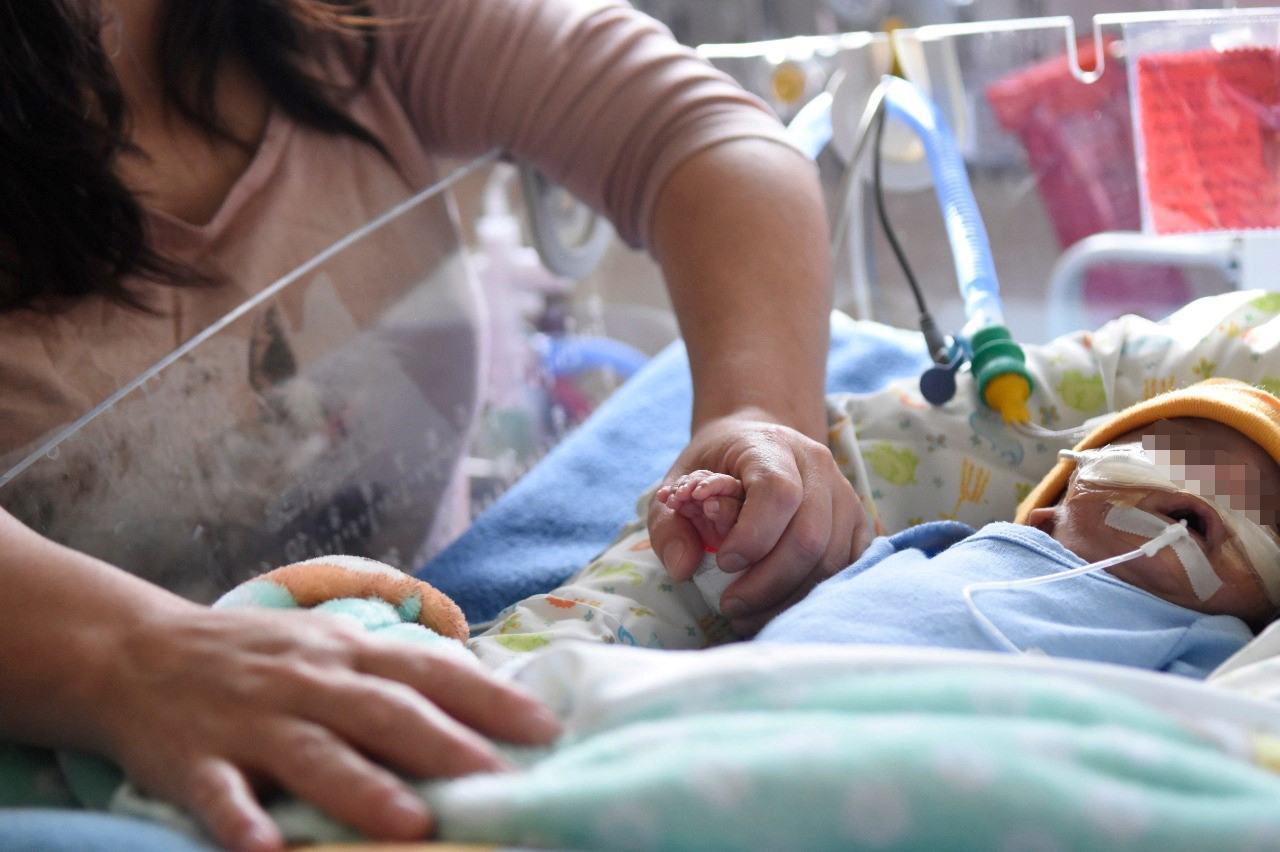Despite so many deaths left by the pandemic, there was a place in López Lima where life continued to flow. The Neonatology service, one of the most complex in the province, never stopped caring for the little ones of this world who struggle to grow strong and maintain their health.

Although there were not many infections and they did not fight covid face to face, the virus affected them in another way. East was one of the services that had to cede part of its infrastructure and resources to the contingency and refunctionalization plans of the hospital due to the high demand for hospital beds.
The López Lima has one of the 27 maternity hospitals in the country that could count on a service as advanced as the residence for mothers, which UNICEF has been promoting for a decade. Basically, it is about guaranteeing the rights of the mother and the newborn; by giving them the possibility of staying in the hospital in adequate and dignified conditions. In Roca, despite innumerable efforts, it was left on “stand by” due to the lack of spaces.
“The mothers’ residence was provisionally transformed into a Pediatric service, which is what is working now “, said Daniela Leinbruger, head of Neonatology. The health emergency forced them to do it in January 2021. The modification was going to be temporary but a year has passed and although the service managed to accommodate itself internally to continue accommodating mothers, it has less capacity and amenities.
“Within the neo service we had to accommodate some spaces to accommodate these mothers who are from afar, who have premature babies and have long hospital stays, ”explained the medical specialist.
Although they resolved not to separate the mothers from the children and they set up twelve of the fifteen beds that there were, they are scattered and it is no longer the “residence” with common spaces for all.
Neo’s meeting room was transformed into a room for mothers and two other offices -one of them pre-discharge- were also adapted as housing for mothers. Other mothers are stopping in a trailer in front of the hospital guard.
Meanwhile, before this change, the residence for mothers was made up of a dining room and common space, plus five rooms with three beds each and private bathrooms. In the common spaces, talks were given and meetings were held where women could even share their anxieties, before the pandemic.
Many of the women come from distant towns as this is a referral center, they cannot go and take care of their babies again and they spend a long time in the hospital, still away from their families.
“We must not forget that the hospitalization of premature babies is usually two to three months and all that time the mother is next to her baby, accompanying him, giving him milk with the importance that it has for the baby to receive milk from his own mother. ; and doing Copap, skin-to-skin contact. The mother has a fundamental role in the care of that baby and is part of his treatment, “argued the head of the service.
That is why in the face of adversity, they all left readjusting prioritizing that the mothers remain close to their children, which is essential for the well-being of both. Now, they think it is necessary to reassess the situation.
“What we want and yearn for is that strategies be sought to be able to recover our space again and that they have their beds elsewhere”, said the interviewed doctor, who added that they maintain a direct dialogue with the Hospital’s management in order to achieve this and alternatives are being analyzed.
We have to regain that space without unprotecting adults who need beds (in this pandemic)”
Daniela Leingruber, Head of Hospital Neonatology
“Despite the pandemic, premature babies continued to be born and our service continued to work as usual,” the woman emphasized, and that is why she asked not to lose sight of the goal and jointly seek a way to retake the space of residence.
Nor know of times or dates since in the middle of the third wave, uncertainty reigns due to the rise in the case curve. “You cannot leave adults without beds, but the mothers’ room is also important for these babies who are very vulnerable and we must not lose sight of it,” Leinbruger concluded.
- fifteen
- beds for mothers of premature babies had the Residence for Mothers in Neonatology in Roca.
- 27
- Public maternity hospitals in Argentina have already adopted the Unicef model of incorporating a Residence for Mothers.





